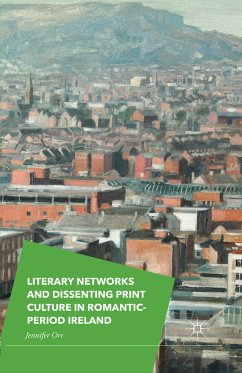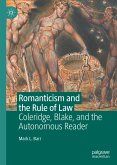- Michael Gamer, British Academy Global Professor (QMUL) and author of Romanticism, Self-Canonization, and the Business of Poetry (2017)
'Matthew Sangster's new book provides a compelling revision of the standard account of the advent of professional authorship in the early nineteenth century. Using remarkable archive material from publishers combined with other institutional records folded into engrossing case histories of individual writers, Living as an Author in the Romantic Period reveals that the death of patronage has been prematurely announced. Even as writing became bound up with an array of networked cultural activities in a reconstituting field of literary production, marvellously brought to life in Sangster's study, the career of the writer as a singular occupation remained out-of-reach for most of its aspirants.'
- Jon Mee, Professor of Eighteenth-Century Studies, University of York, UK
This book explores how authors profited from their writings in the late eighteenth and early nineteenth centuries, contending that the most tangible benefits were social, rather than financial or aesthetic. It examines authors' interactions with publishers; the challenges of literary sociability; the vexed construction of enduring careers; the factors that prevented most aspiring writers(particularly the less privileged) from accruing significant rewards; the rhetorical professionalisation of periodicals; and the manners in which emerging paradigms and technologies catalysed a belated transformation in how literary writing was consumed and perceived.
Dieser Download kann aus rechtlichen Gründen nur mit Rechnungsadresse in A, B, BG, CY, CZ, D, DK, EW, E, FIN, F, GR, HR, H, IRL, I, LT, L, LR, M, NL, PL, P, R, S, SLO, SK ausgeliefert werden.









